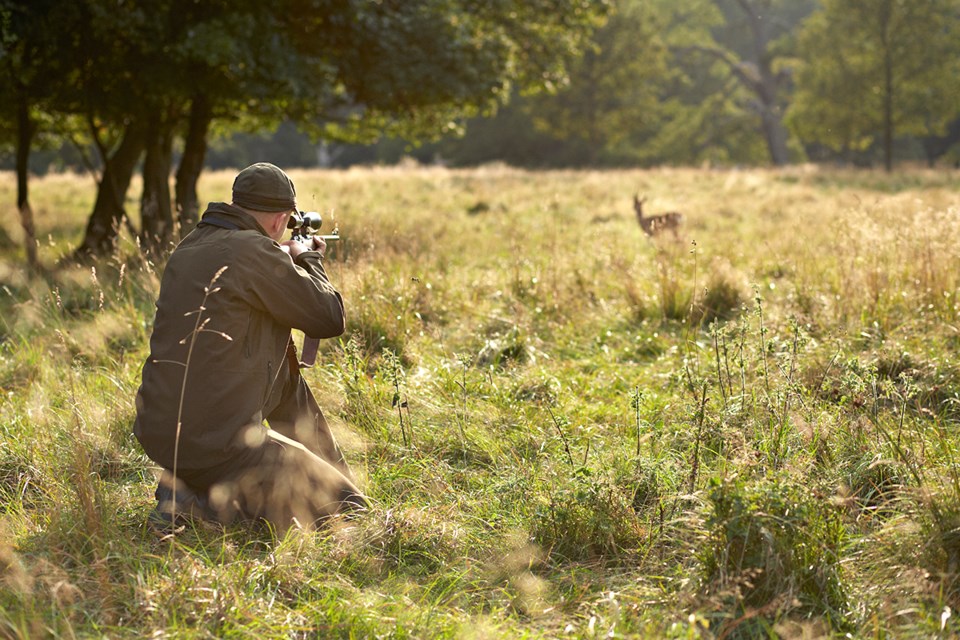The 2020 hunting season saw a record number of applications file into the the big game draw system, which is designed to offer a fair way to spread out thousands of applications so hunters will have an increasing chance of landing their preferred zone and species the longer they miss out.
“There’s a priority system to it, depending how long you’ve been putting in,” explained Todd Smith, president of the Moose Jaw Wildlife Federation, adding that first and foremost, any hunter born after Jan. 1, 1971 must have completed a certified hunter education program.
“You put in for the draw and it’s split into pools. The first year you enter you go into D pool, then every successive year you’re not drawn you’ll move up from C to B to A and then Super A, and you can spend up to 11 years there before you move into the Legacy Pool for your draws.”
Applications are first selected from the Legacy pool and work their way on down. Each application you’re accepted for sends you to the lowest pool for the next year in order allow others to have a chance move up.
Now here’s how to better your odds of heading out on your favourite hunting quest.
Smith first recommends applying for multiple zones for the same species, using mule deer in wildlife management zone 19 -- located just west of Moose Jaw -- as an example.
“Since it’s so close to the city, 19 is a pretty high-competition zone for hunters, so you can apply to other zones for a second, third, fourth and fifth choice,” he explained, adding that a bit of research can make a difference.
“The Ministry of the Environment’s website has the number of applications for each individual zone as well as the number of tags available. You start looking at it and you’ll see some areas to avoid and some zones you may want to put in for, where there are extra tags for certain species or 5,000 applicants for 100 tags, depending on what the quotas are for that zone.”
Not being afraid to travel to your hunting grounds doesn’t hurt, either.
“All the zones around the major cities see a lot of pressure,” Smith said. “The further you’re willing to travel away from a major centre the better your chances of potentially being drawn.”
Knowing what the numbers look like for your favourite quarry can also help. Species are regularly surveyed by provincial biologists to determine the number of tags available, based on hunter surveys and observations by the public through the Sask Wildlife Co-Operative Survey app.
Different species are constantly in different states of population, either through severity of winters, food or disease factors. As an example, for 2021, pronghorn antelope populations have grown in recent years but are expected to be hurt by the past harsh winter, moose populations have been found to be in decline, mule deer numbers are strong but continue to be affected by chronic wasting disease and elk have solid numbers due to previous mild winters.
Smith expects antlerless mule deer to be a popular option given that there may be more options for more tags this year.
“That’s one of the ones that will likely be adjusted in certain zones, they were being under-utilized,” he said. “But we’ll have to wait and see what the synopsis says in the fall when it comes to quotas.”
The key through it all is to be quick: the sooner you get in on it, the easier it is and the more chance you have to end up where you want to be.
The big game draw is open until 11:59 p.m. on May 25 and saw 115,000 applications received in 2020.
The draw is administered through the Saskatchewan Hunting, Angling and Trapping Licence (HAL) system. Clients can submit, review and update their applications, check pool status history and purchase a draw licence through their HAL accounts. Successful applicants can purchase licenses beginning Aug. 1, 2021, with the season for some species beginning Sept. 1.
For more information on all things hunting in the province, be sure to visit saskatchewan.ca/hunting.




